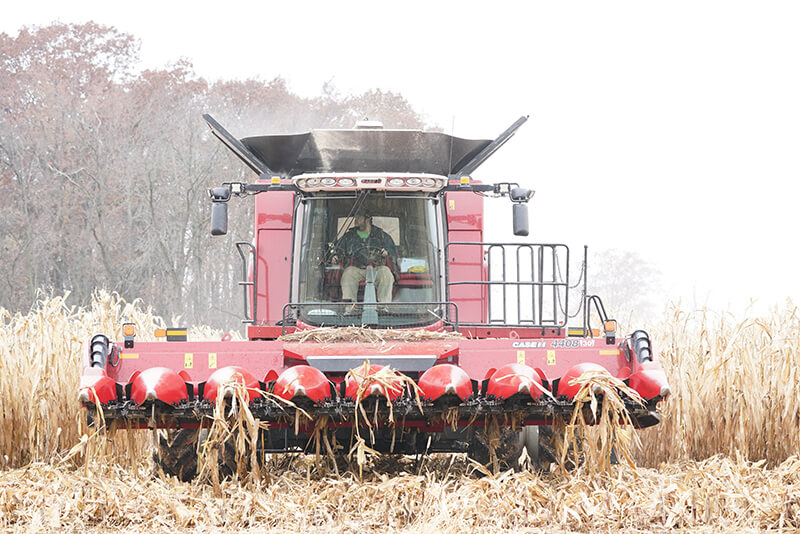September 22, 2020
Indiana farm fatality summary reminds Hoosier farmers of dangers

WEST LAFAYETTE, Ind. — Purdue University’s Agricultural Safety and Health Program released the annual Indiana Farm Fatality Summary with Historical Overview, coinciding with National Farm Safety and Health Week, which has been observed the third week of September since 1944. The program reported 21 work-related on-farm deaths in the state in 2019, the fewest number of documented cases since 2013.
Tractors and skid steer loaders were involved in at least eight of the 21 documented fatal farm incidents. Three of the victims were children under the age of 5, while 11 were 60 or older.
“The continued incidence of tractor rollovers indicates that a greater focus on the value of Rollover Protection Structures (ROPS) - especially on tractors used for mowing - could prove beneficial,” the report states.
The report also highlights the continued need for injury prevention educational programs for those 18 and younger.
 Purdue University’s Agricultural Safety and Health Program released the annual Indiana Farm Fatality Summary with Historical Overview coinciding with National Farm Safety and Health Week. (Purdue University photo)
Purdue University’s Agricultural Safety and Health Program released the annual Indiana Farm Fatality Summary with Historical Overview coinciding with National Farm Safety and Health Week. (Purdue University photo)
The number of farm fatalities for the past 50 years continues to trend lower, probably reflecting safer machinery and work practices while also corresponding with a decline in the number of farmers. No Indiana agency documents farm-related non-fatal injuries, but prior research has indicated that approximately one in every nine Indiana farms has a farm-work-related injury incident that requires medical attention each year.
Bill Field, Purdue agriculture and biological engineering professor and extension safety specialist, has summarized over 1,100 farm fatalities during his career.
“Every one of these lives mattered to someone. Each one was an added cost to the food we enjoy every day.”
As Hoosier farmers prepare for harvest, program members remind farmers to keep safety a top priority and manage the expectations of machinery and people.
Purdue’s Agricultural Safety and Health Program has monitored farm-related fatalities in Indiana for nearly 60 years using sources including news reports, web searches, personal interviews and voluntary reporting from extension educators and individuals.
The full report is available at: www.inprepared.org.
Writer: Abby Leeds, 765-494-7817, mayer36@purdue.edu
Sources: Bill Field, 765-494-1191, field@purdue.edu
Edward Sheldon, ejsheldo@purdue.edu
ABSTRACT
2019 Indiana Farm Fatality Summary with Historical Overview
Compiled by the Purdue University Agricultural Safety and Health Program
Purdue University’s Agricultural Safety and Health Program has been monitoring farm-related fatalities in Indiana for nearly 60 years. The earliest identified summary of cases, published in 1966, examined 76 fatalities reported during 1963. Purdue’s fatality database, though acknowledged as not being comprehensive of all farm-related deaths, provides a unique capacity to explore trends that have occurred over several decades, during which time agricultural production experienced considerable transformation in technology and practices. Analysis of only recent fatality data, for example, fails to recognize that during the 1940’s and early 1950’s the leading identifiable cause of death was livestock, primarily horses and bulls. These animal-related causes of injury and death largely have been replaced, at a much lower frequency, with tractors and machinery. The fatality data continues to show a general downward trend that parallels the decline in the number of farm operations, which has likely contributed more to the reduction in farm-related fatalities than any other single factor. The farm-related fatality rate, however, remains one of the highest of all Indiana occupations.
Agricultural Communications: 765-494-8415;
Maureen Manier, Department Head, mmanier@purdue.edu

